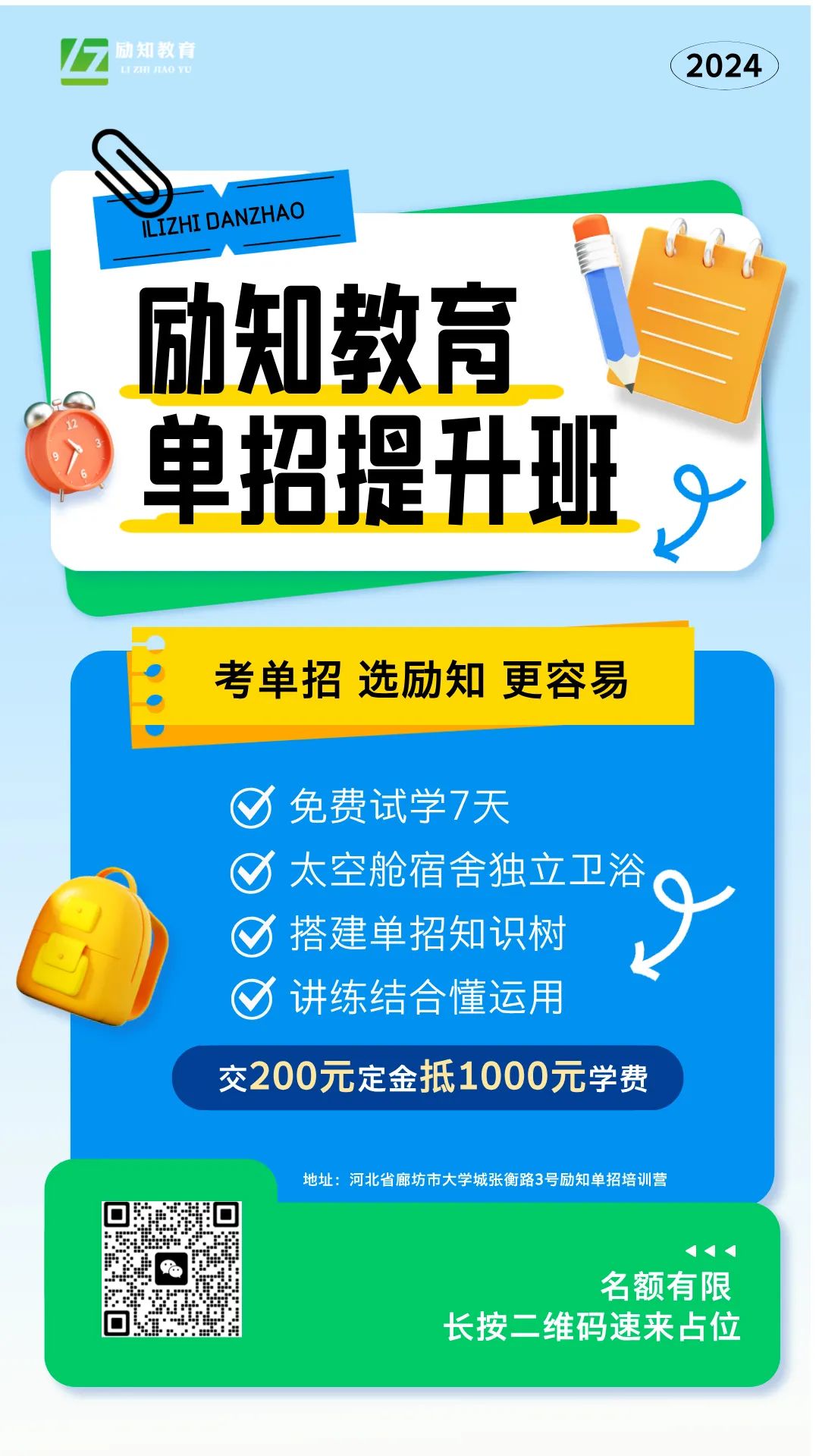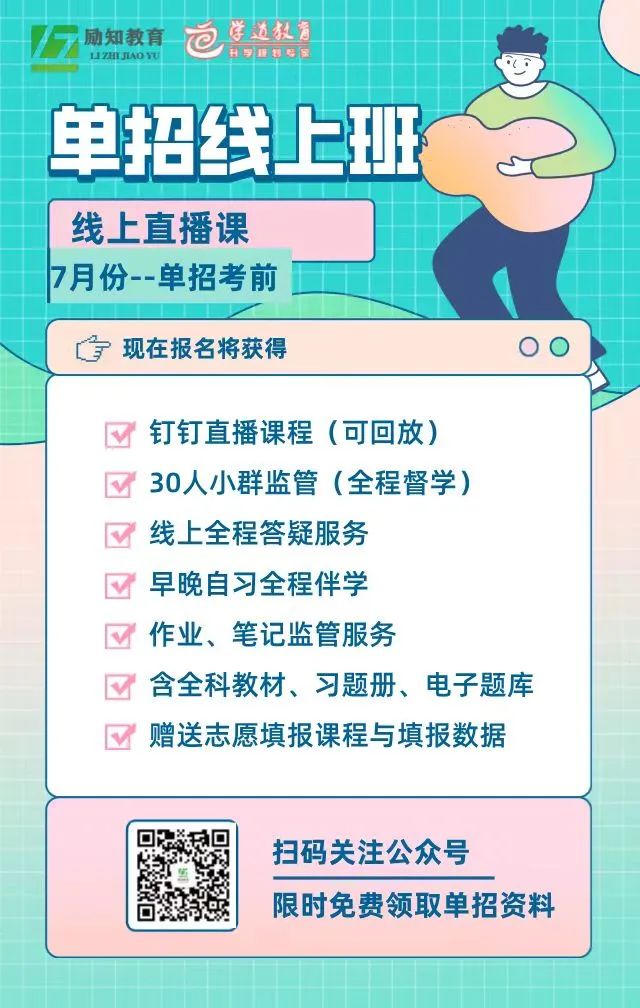
100 Essential Points in Computing

1. The symbolization of information is data, so data is the concrete representation of information, and information is the logical meaning abstracted from data.
2. Information technology refers to the technologies related to acquiring, storing, transmitting, processing, developing, and utilizing information resources.
3. The core of culture is: ideas and values.
4. Computer culture is one of the four milestones in the development of human culture (the other three are: the emergence of language, the use of writing, and the invention of printing).
5. Characteristics of computers: (1) Fast computation speed; (2) Large storage capacity; (3) Strong versatility; (4) Automation of work; (5) High precision.
6. Word length is the actual number of bits that a computer can process at one time, and it is an important indicator of computing performance.
7. Word length refers to the number of binary data bits that the arithmetic unit of the computer can process simultaneously, which is closely related to the computer’s functions and uses.
8. Character encoding is mainly ASCII code, which stands for American Standard Code for Information Interchange.
9. When representing Chinese characters internally in a computer, the highest bit of the two-byte exchange code (national standard code) is changed to 1, which is called internal code.
10. There are usually two methods for recording the shape of Chinese characters: dot matrix method and vector method, corresponding to two types of character encoding: dot matrix code and vector code.

11. A 16×16 dot matrix Chinese character occupies 32 bytes, while a 32×32 dot matrix character occupies 128 bytes, and dot matrix codes are difficult to scale and prone to distortion.
12. Chinese character input codes can be divided into flow code, phonetic code, shape code, and phonetic-shape combined code.
Phonetic input methods such as Pinyin Input Method, Smart ABC, and Microsoft Pinyin are phonetic codes, while Wubi Input Method is a shape code. Phonetic codes have many duplicates and slow input speed; shape codes have fewer duplicates and faster input speed, but are harder to learn and master. Currently, mainstream Chinese input methods are phonetic codes such as Smart ABC, Microsoft Pinyin, Unisound Pinyin Input Method, and Sogou Input Method.
13. A computer system consists of two parts: the hardware system and the software system, which can be further divided into system software and application software, with the operating system being the most important system software.
14. A computer without any software configured is called a bare machine.
15. Common input devices include: mouse, keyboard, scanner, digitizer, digital camera, barcode reader, digital camera, A/D converter, etc.
16. Typically, the controller and arithmetic unit are collectively referred to as the central processing unit (CPU).
17. The most commonly used output devices are monitors, printers, and speakers, as well as plotters and various data converters (D/A).
18. From the perspective of information input and output, disk drives and tape drives can be seen as both input and output devices.
19. An instruction is a command that indicates the computer to perform a certain operation. It consists of a string of binary codes, which includes an operation code and an address code.
20. A computer has many instructions, each with different functions. The collection of all instructions is called the computer’s instruction set. Different computer systems have different instruction sets. Currently, common instruction sets include Complex Instruction Set Computer (CISC) and Reduced Instruction Set Computer (RISC).

21. Software refers to the totality of programs, data, and related documentation required for the operation of a computer. Data is the processing object of the program, and documentation includes materials related to the development, maintenance, and use of the program.
22. System software is the layer closest to the hardware in a computer system. It mainly includes operating systems, language processing programs, database management systems, and supporting service software.
23. The operating system (OS) is a collection of systematic programs that control and manage computer resources. It serves as an interface between users and the computer hardware system, providing users and application software access to and control over computer hardware.
24. An algorithm primarily exhibits the following properties: (1) finiteness; (2) definiteness; (3) feasibility; (4) input/output.
25. The operating system is a large management control program that includes five management functions: processor management, storage management, device management, file management, and job management.
26. Operating systems can be categorized according to their operating environment into real-time operating systems, time-sharing operating systems, and batch processing operating systems.
(2) They can be divided into single-user operating systems and multi-user operating systems based on the number of users managed.
(3) They can be categorized into single-user single-task operating systems, single-user multi-task operating systems, and multi-user multi-task operating systems based on the number of jobs managed simultaneously.
27. Common database management systems include FoxPro, FoxBASE+, Access on microcomputers, and large database management systems like Oracle, DB2, Sybase, SQL Server, etc., all of which are relational database management systems.
28. The basics of program design involve two main aspects: data structure and algorithms; it can generally be regarded that: program = algorithm + data structure.
29. Programming languages can be categorized as follows:
(1) Machine language: the only language that the computer system can recognize without translation;
(2) Assembly language: a symbolic representation of machine language;
(3) High-level language: greatly improves programming efficiency.
30. Machine language and assembly language are generally referred to as low-level languages.

31. High-level languages can be divided into two categories: interpreted and compiled.
32. An interpreter: an interpreter accepts source programs written in a programming language (such as Basic) and interprets and executes each statement of the source program one by one, finally producing a result. The interpreter translates and executes the source program simultaneously, without generating a target program.
33. A compiler: a compiler is a translation program that translates a source program written in a high-level language into an equivalent target program represented in machine language. This translation process is called compilation.
34. A microprocessor (CPU) is a large-scale integrated circuit chip that integrates the arithmetic unit, control unit, and high-speed internal cache, and is the most important core component of a computer.
35. A microcontroller: integrates a microprocessor (CPU), a certain capacity of memory, and I/O interface circuits on a single chip, forming a microcontroller.
36. A single-board computer: integrates a microprocessor, memory, and I/O interface circuits on a printed circuit board, thus becoming a single-board computer.
37. A PC (Personal Computer): a microcomputer used by a single user is generally referred to as a PC, which is currently the most widely used type of microcomputer.
38. A portable microcomputer generally includes notebook computers and personal digital assistants (PDAs).
39. The memory in a microcomputer generally refers to random access memory (RAM). The unit of main frequency is hertz (Hz).
40. Currently, commonly used memory includes SDRAM, DDRSDRAM, and DDRII SDRAM, etc.

41. A floppy disk: has a diameter of 3.5 inches and a capacity of 1.44MB.
42. The floppy disk has a write protection notch; when the write protection notch is in the protected state (i.e., write protection is enabled), it can only read information on the disk and cannot write, preventing data from being erased or rewritten, and also preventing virus intrusion.
43. The bus in a microcomputer is generally divided into data bus, address bus, and control bus, used for transmitting data, data addresses, and control signals, respectively.
44. The motherboard is the largest circuit board in a microcomputer system, sometimes referred to as a main board or system board; it is a large printed circuit board with various sockets.
45. A computer with multimedia processing capabilities is called a multimedia computer. Multimedia has the characteristics of diversity, real-time, interactivity, and integration.
46. The development of computers:
(1) First generation (1946-1957): vacuum tube computers, machine language, assembly language, scientific computing;
(2) Second generation (1958-1964): transistor computers, transistors, high-level programming languages, data processing;
(3) Third generation (1965-1970): integrated circuit computers, small and medium scale integrated circuits, high-level programming languages, widely used in various fields;
(4) Fourth generation (1971-present): integrated circuit computers, integrated circuits, object-oriented high-level languages, network era;
(5) Fifth generation: future computers, photonic, quantum, DNA, etc.
47. The operating system has four main characteristics: (1) concurrency; (2) sharing; (3) virtualization; (4) asynchrony.
48. Concurrency refers to two or more running programs executing simultaneously within the same time interval.
49. An operating system is a concurrent system, and systems that utilize concurrency technology are also called multitasking systems.
50. File management primarily completes the following tasks: providing logical organization methods for files, providing physical organization methods for files, providing access methods for files, providing usage methods for files, implementing directory management for files, implementing access control for files, and implementing storage space for files.

51. Operating systems can generally be divided into three basic types: 1) batch processing systems; 2) time-sharing systems; 3) real-time systems.
52. With the development of computer science, many types of operating systems have emerged, mainly including embedded operating systems, personal operating systems, network operating systems, and distributed operating systems.
53. The working method of a batch processing operating system is: the user submits jobs to the system operators, who then group many users’ jobs into a batch and input them into the computer, forming a continuous stream of jobs that the system automatically executes one by one, and finally, the operator hands the job results back to the users.
54. The working method of a time-sharing operating system is: a mainframe connects several terminals, each with a user, who interactively submits command requests to the system. The system accepts each user’s commands and processes service requests using a time-slice rotation method, displaying results to users through the terminal.
55. A real-time operating system is one that allows a computer to respond promptly to external event requests and complete processing of those events within strict time limits, coordinating the operation of all real-time devices and tasks.
56. An embedded operating system runs in an embedded system environment, coordinating, scheduling, directing, and controlling various components and resources of the embedded system.
57. Based on the number of users using the computer at the same time, operating systems can be divided into single-user operating systems and multi-user operating systems.
58. A single-user operating system is one in which only one user can use a computer at any given time, enjoying all hardware and software resources alone, while if multiple users can use the computer simultaneously, it is called a multi-user operating system.
59. If a user can run multiple applications simultaneously (each application is referred to as a task), the operating system is called a multi-tasking operating system; if a user can only run one application at a time, the corresponding operating system is called a single-task operating system.
60. Early DOS operating systems were single-user single-task operating systems, while Windows 7 is a single-user multi-tasking operating system.

61. A network operating system is based on computer networks and is software developed on various computer operating systems according to network architecture, protocols, and standards, including network management, communication, security, resource sharing, and various network applications, with the goal of enabling communication and resource sharing.
62. A system in which numerous computers are interconnected through a network, achieving extremely high computational power and extensive data sharing, is called a distributed system.
63. MS-DOS has a character-based user interface, operating and managing through command lines, which is very inconvenient and requires users to memorize a large number of DOS commands.
64. The Unix operating system is a general-purpose, interactive time-sharing operating system.
65. The Mac OS operating system is launched by Apple Inc. and runs on Macintosh computers. Mac OS is the pioneer of fully graphical interfaces and operating methods.
66. Windows XP is currently the most popular version, available in both Home and Professional editions.
67. A shortcut is a file with the extension .lnk, usually associated with an application or document.
68. Windows’ windows are highly unified in appearance, style, and operation.
(1) Border; (2) Title bar; (3) Menu bar; (4) Toolbar; (5) Status bar; (6) Document view; (7) Scroll bar.
69. Minimum system requirements for Windows:
(1) Recommended processor clock frequency of 300MHz or higher, at least 233MHz (for single or dual processor systems), recommended Intel Pentium/Celeron series, AMD K6/Athlon/Duron series, or compatible processors;
(2) Recommended 128MB RAM or more (minimum support 64MB might affect performance and some features); (3) 1.5GB of available hard drive space;
(4) Super VGA (800×600) or higher resolution video adapter and monitor;
(5) CD-ROM or DVD drive;
(6) Keyboard and Microsoft mouse or compatible pointing device.
70. A modal dialog: refers to a type of dialog box that, when opened, prevents interaction with the main program window until it is closed.

71. A non-modal dialog: refers to those dialog boxes that allow interaction with the main window even when the dialog box is displayed.
72. A file refers to a collection of related information stored on external storage devices.
73. A file can contain a program, an article, a piece of music, a picture, etc.
74. The following symbols are not allowed in file names: /、 、*、?、<、>、|.
75. The main file name should relate to the content of the file, and the extension is used to distinguish the type of file, hence the extension is also called type name.
76. At any given moment, only one node can be in an open state. When a node is open, its name will turn blue, and some node icons may also change accordingly.
77. The excellent characteristics of Windows are attributed to the adoption of the advanced Unicode character set. The Unicode character set is a 16-bit character encoding standard developed by the Unicode Consortium.
78. The right side of the console lists user accounts on the computer; the Administrator and Guest accounts are automatically created when the Windows system is installed, allowing for management during the first login.
79. To prevent illegal users from attempting to log in as Administrator, the Administrator can be renamed, but cannot be deleted.
80. The Guest account can be disabled or renamed by the administrator for security reasons, but it cannot be deleted.

81. The drawing program is a simple drawing tool that allows users to create black-and-white or colored graphics, which can be saved as bitmap files (.bmp files) that can be printed, set as desktop backgrounds, or pasted into another document. It can also be used to view and edit scanned photos.
82. The WordPad and Notepad are two text processing programs bundled with Windows 7, providing basic text editing functionalities.
83. WordPad has stronger functionalities, allowing users to create and edit formatted files. Its interface and usage are very similar to Word.
84. Notepad is a text file editor that users can use to edit simple documents or create web pages. The use of Notepad is very simple, and the files it edits are text files, making it very convenient for editing source programs in some high-level languages.
85. In the 1980s, widely used software included text processing systems like WPS, table editing software like CCED, and document editing systems like Word and Star.
86. Layout design is an important task that includes page setup, page numbers, column layout, header and footer settings, etc.
87. Microsoft Office consists of seven commonly used components for daily office tasks. They are: word processing software Word, spreadsheet software Excel, presentation software PowerPoint, database management software Access, dynamic form software InfoPath, email management software Outlook, and desktop publishing software Publisher.
88. The title bar is located at the top of the window and is blue by default. It contains the application name, document name, and control buttons.
89. The method to show or hide the toolbar: right-click on any position of the toolbar or tab, and select the desired toolbar from the pop-up shortcut menu.
90. The task pane can be called up through the “Page Layout” menu to access the task pane.

91. The ruler has both horizontal and vertical types, used to determine the position of the document on the screen and paper. The horizontal ruler’s indentation button can also be used for paragraph indentation and margin adjustments. Tab stops can also be set using the ruler.
The status bar is located at the bottom of the window, displaying the current status of the window, such as the current page number, section number, current page, total page count, cursor position, overwrite/insert status, and currently used language.
93. Common methods to start Word 2010 include:
(1) Click “Start” → “Programs” → “Microsoft Office” → “Microsoft Office Word 2010”;
(2) Double-click the Word shortcut icon on the desktop;
(3) Double-click an existing Word document.
94. Common methods to exit Word 2010 include:
(1) Click the “Close” button in the upper right corner of the Word window.
(2) Click the “Exit” command in the “File” menu.
(3) Double-click the control icon in the upper left corner of the Word window or use the shortcut key Alt+F4.
95. Click the “Options” command in the “Tools” menu, and in the dialog box that appears, click the “Save” tab, check the “Automatically save time interval” checkbox, and set the auto-save time interval.
96. To open a document:
(1) Click the “Open” command in the “File” tab;
(2) Click the “Open” tool button on the “Common” toolbar;
(3) Use the shortcut key Ctrl+O;
(4) Click one of the last four documents listed below the “File” tab (the number of documents listed can be set in the “Options” command under the “Tools” menu, in the “General” tab).
97. To create a new blank document: (1) Directly click the “New” button on the “Common” toolbar; (2) Use the shortcut key Ctrl+N.
98. To close a document: (1) Click the “Close” command in the “File” menu to close the currently edited document; (2) Click the “Close” button in the upper right corner of the document window to close the currently edited document.
99. Using keyboard commands or shortcuts:
Press the Home and End keys to quickly move the cursor to the beginning or end of the document;
Press Ctrl+Home and Ctrl+End to quickly move the cursor to the start and end of the document.
100. Word provides two input states: “Insert” and “Overwrite”. The “Insert” state means that the text typed will be inserted at the current cursor position, pushing the text after the cursor forward; the “Overwrite” state means that the text typed will overwrite the text after the cursor in order. A batch of jobs from multiple users is then input into the computer, forming an automatically transitioning continuous job flow that the operating system starts, executing each job sequentially, and finally handing the job results back to the users.
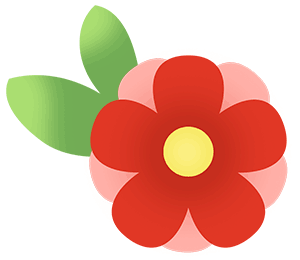
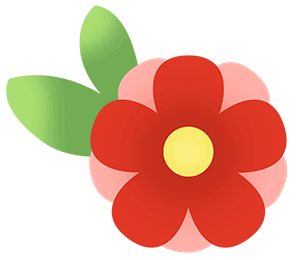
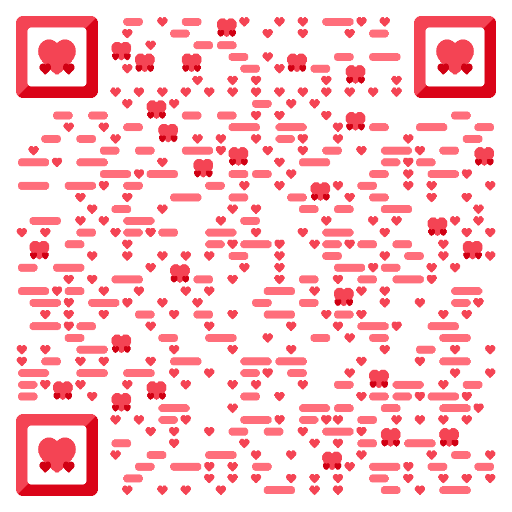

Consultation Phone: 18632637162—Teacher Zheng
Consultation Phone: 17732100401—Teacher Hao
Consultation Phone: 17733691015—Teacher Liu
Consultation Phone: 18875699776—Teacher Zhang
Consultation Phone: 19933691189—Teacher Wang
Consultation Phone: 18133599902—Teacher Liu
Consultation Phone: 18533737336—Teacher Liu
Content, difficulty level, and scores of various vocational skill examinations for single recruitment in 2025
Summary of various majors for vocational single recruitment in 2025
Which single recruitment institutions do you know? Come and have a look!
